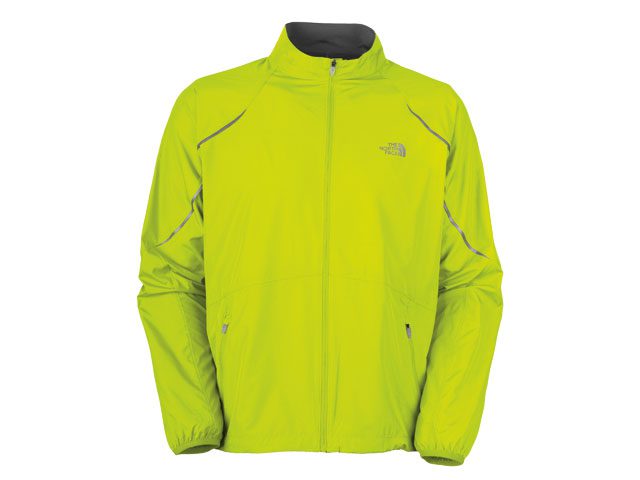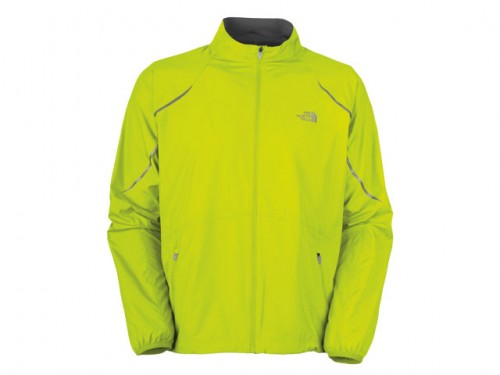Waterproof running gear and how to care for it

 All waterproof gear is not created equal and when picking a jacket for a run in the rain there are a few things you should consider. Especially during the worst running season — when temperatures hover around freezing — a good rain jacket is vital.
All waterproof gear is not created equal and when picking a jacket for a run in the rain there are a few things you should consider. Especially during the worst running season — when temperatures hover around freezing — a good rain jacket is vital.
The first, most obvious question is a simple one: how hard i it raining? There is a difference in water-resistant jackets and waterproof jackets. For most of your runs, a water-resistant jacket will likely be alright and better suit your needs. They’ll keep you dry and breathe better than a waterproof jacket. In a lighter rain on runs up to about 40 minutes, a water-resistant shell is likely what you’ll need to keep you dry, but in heavier rains a waterproof jacket may be what you look to.
Waterproof fabrics also vary from one to the next, though the best known name is Gore-Tex and it’s also the most trusted. It’s easy to make a completely waterproof fabric. It’s less simple designing one that is waterproof while still breathable.
Gore-Tex comes in two main styles: Gore-Tex Active and Gore-Tex Pro. Both will keep you dry in heavy rains, though the Active version if the style you’ll want to look for in a running jacket. It won’t quite keep you dry while running through a complete downpour, though anything short of that you should be fine. What you do gain is the ability for the fabric to breathe a bit more, something very important in a waterproof fabric for use while you’re sweating. Even if the fabric doesn’t let water in, one which doesn’t breathe can still make you feel wet from sweat buildup inside the shell.
Gore-Tex fabrics, as well as other waterproof fabrics, come with a durable water repellent (DWR) coating. This isn’t what actually prevents the rain from getting through but it is what causes the water to bead together and slide off the fabric. Having the surface of the fabric wet, even if the water isn’t making it through the coat, can still make you feel cool and clammy when you’re dry, so the DWR coating is important as well. It’s also one of the first aspects of your jacket you may notice failing. When you start to realize the outside of your coat isn’t repelling the rain as well, don’t think yet about getting a new one. There are ways to reactivate the DWR coating.
Like all clothing, your jacket will have washing instructions on the inside tag. Most rain jackets are to be washed alone in warm water and tumble dried. This is to help reactivate the DWR. Intuitively, this seems like something you shouldn’t do with a coat but it’s important to keep you dry. Avoid scented detergents. Still, remember to follow your jacket’s specific washing instructions.
If a wash doesn’t bring the DWR back, you can run an iron on low over the shell with a towel between the fabric and jacket. The heat causes the DWR to regain its properties. If the wash of iron still doesn’t help, you can also get your rain jacket recoated.
Overall, make sure you have a versatile rain jacket. You should look for one that is light enough to run in — you can layer more clothing underneath if you need — but will still keep you dry when it’s cold and wet outside. There are few things which will make your run more miserable than being wet when temperatures are a shade above freezing.


